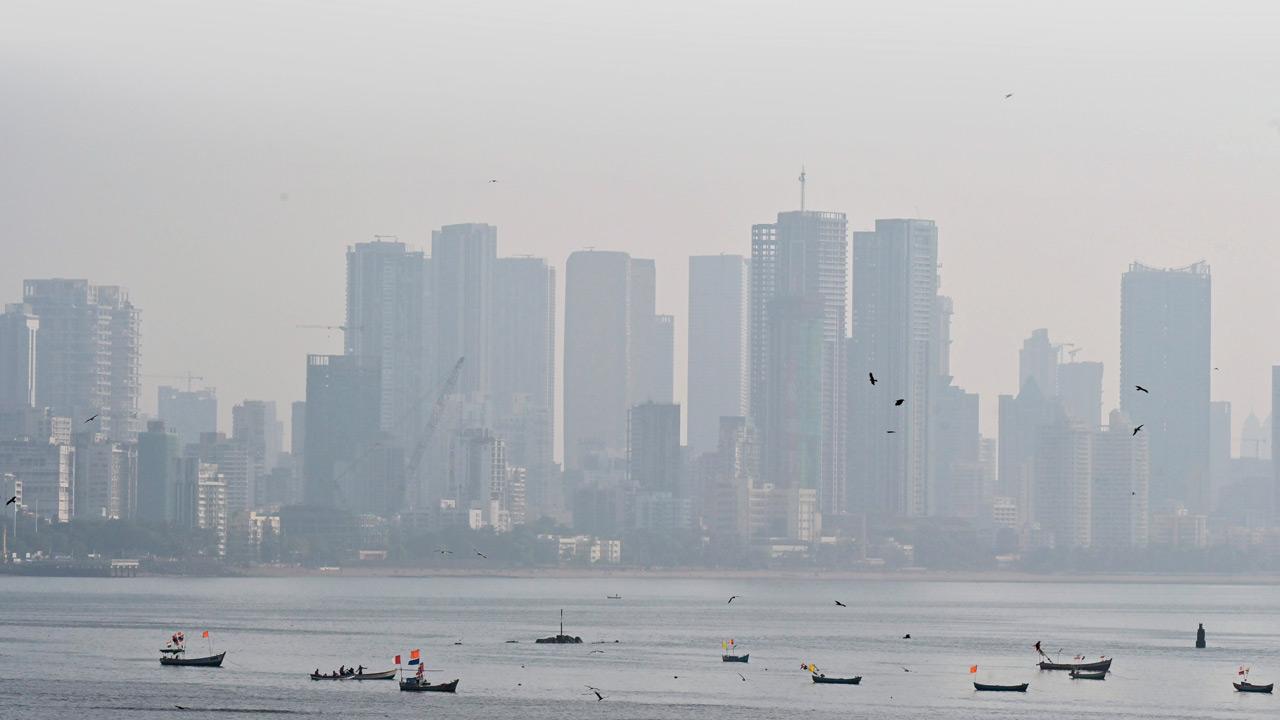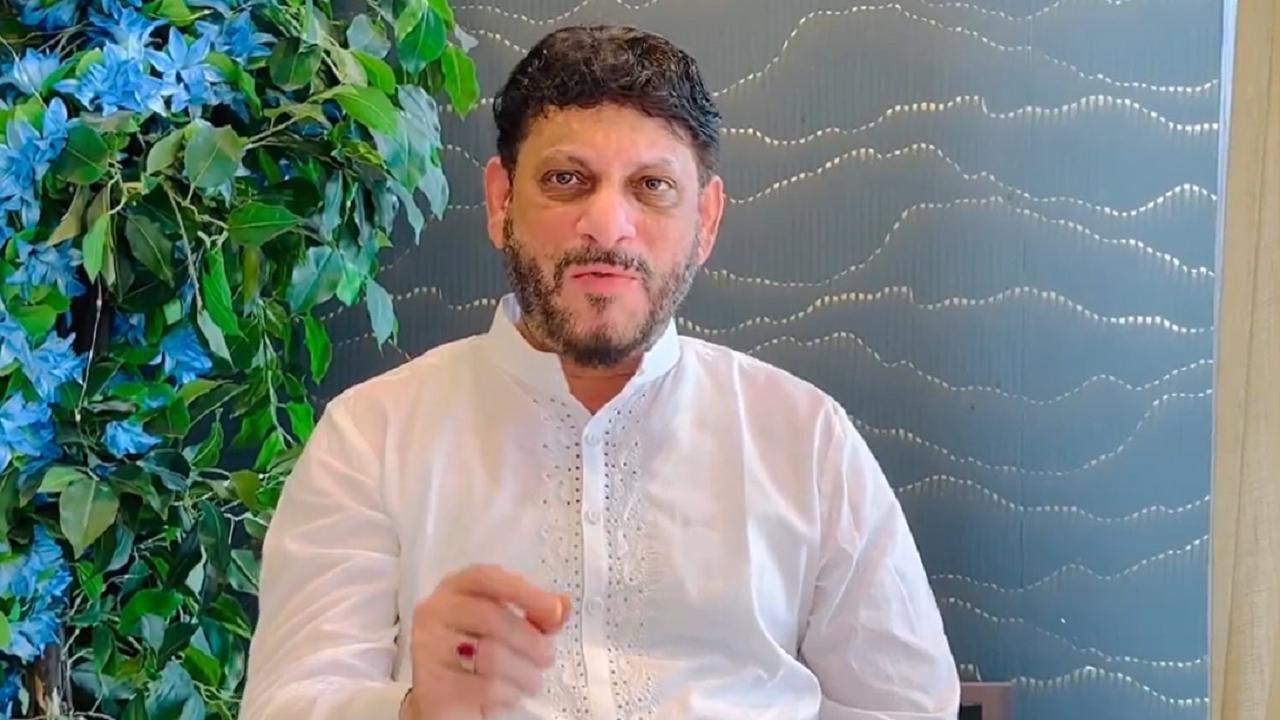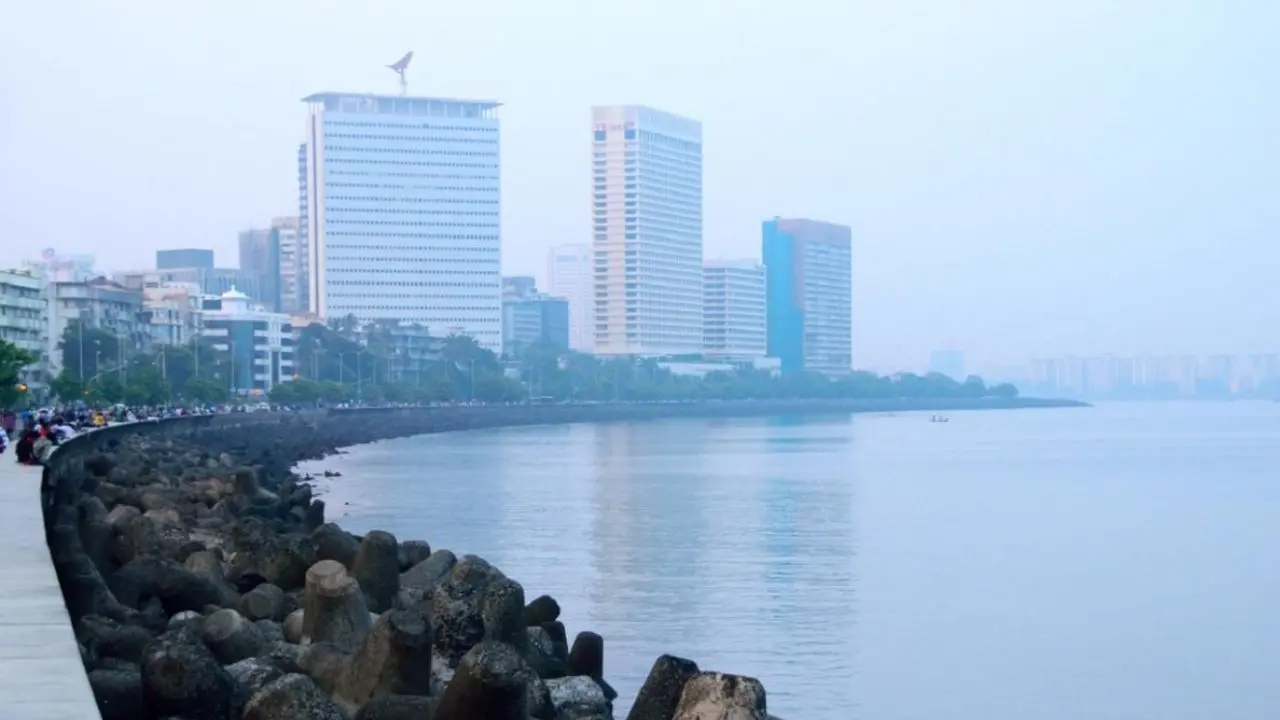As winter approaches, Mumbai could once again find itself gasping for air. For two consecutive years, the city has choked on rising pollution levels through the cold months — and while experts predict a slight improvement this season, it won’t be because the city has curbed its emissions.
Meteorologist Dr Gufran Beig, founder-director of the System of Air Quality and Weather Forecasting and Research (SAFAR), says that any relief Mumbai experiences this year will come from La Nina, a natural weather cycle that brings cleaner ocean air toward the coast — not from better pollution control.
What is Mumbai’s situation?
About 40 per cent of the worst AQI (Air Quality Index) days recorded in Mumbai in 2023 and 2024 were during the winter months of December, January and February, according to data from the Central Pollution Control Board (CPCB) analysed by mid-day.
In 2023, Mumbai recorded 145 days in the ‘moderate’ AQI category and 35 days in the ‘poor’ category, totalling 180 days of bad air. Of these, 45 days were in winter — 40.55 per cent of the total. Similarly, in 2024, the city again saw 145 ‘moderate’ days and 2 ‘poor’ days, with 70 of those days falling in winter — 39.45 per cent of the total.
Over the past two weeks, Mumbai’s AQI has remained in the ‘moderate’ range (160–165), as per CPCB data. The main pollutants have been PM2.5, PM10, and ozone. On Sunday, the city’s overall AQI stood at 160, with PM2.5 as the dominant pollutant.
Winter worsens pollution
Experts say winter air is heavier and drier, preventing dust and other pollutants from dispersing. During the monsoon, moisture and rainfall help settle these particles. In contrast, the cooler, stagnant winter air traps pollutants closer to the surface. Mumbai’s pollution problem is primarily driven by construction dust and vehicular emissions, both of which have surged in the post-pandemic years.
Will this year be different?
According to experts, Mumbai is likely to see better air quality this year if weather patterns alone are considered. Gufran Beig, meteorologist and founder-director of the System of Air Quality and Weather Forecasting and Research (SAFAR), said, “This year, compared to last year, the situation may improve, but it has nothing to do with a decrease in combustion or pollution in the air.” Beig linked this forecast to a climatological phenomenon associated with La Nina.
He explained, “La Nina has always been associated with good air quality in Mumbai. It is a cyclical phenomenon that appears every three years. During this period, wind patterns shift in a way that increases the frequency of clean air moving from the ocean toward land. In recent months, we have seen a neutral condition between El Nino and La Nina, known as an ENSO condition. As a result, emissions from the city are often neutralised by sea winds. Yet, Mumbai fares comparatively worse than Chennai, another coastal city — entirely due to higher local emissions.”
Manoj Kumar, analyst at the Centre for Research on Energy and Clean Air (CREA), said, “Mumbai typically experiences a rise in air pollution during the winter months. As temperatures drop, shallow temperature inversions form — especially during early mornings and late evenings — which reduce vertical air mixing. At the same time, the weakening of the city’s sea-breeze and land-breeze circulation slows pollutant dispersion. This allows emissions from traffic, construction, industries, and power plants to accumulate.”
He added, “Hotspots such as Deonar and Bandra-Kurla Complex are already significantly polluted and may experience air quality levels in the very poor to severe categories during this period. These areas regularly record some of the highest pollutant concentrations in the city, highlighting the need for effective hotspot-based pollution control measures. For the 2025 winter period, Mumbai’s air quality is expected to remain mostly in the moderate to poor range, with occasional very poor episodes during low-wind and inversion conditions. While ongoing pollution control efforts may help to some extent, local emissions and seasonal drops in natural ventilation are likely to continue driving persistent pollution challenges through the winter.”











